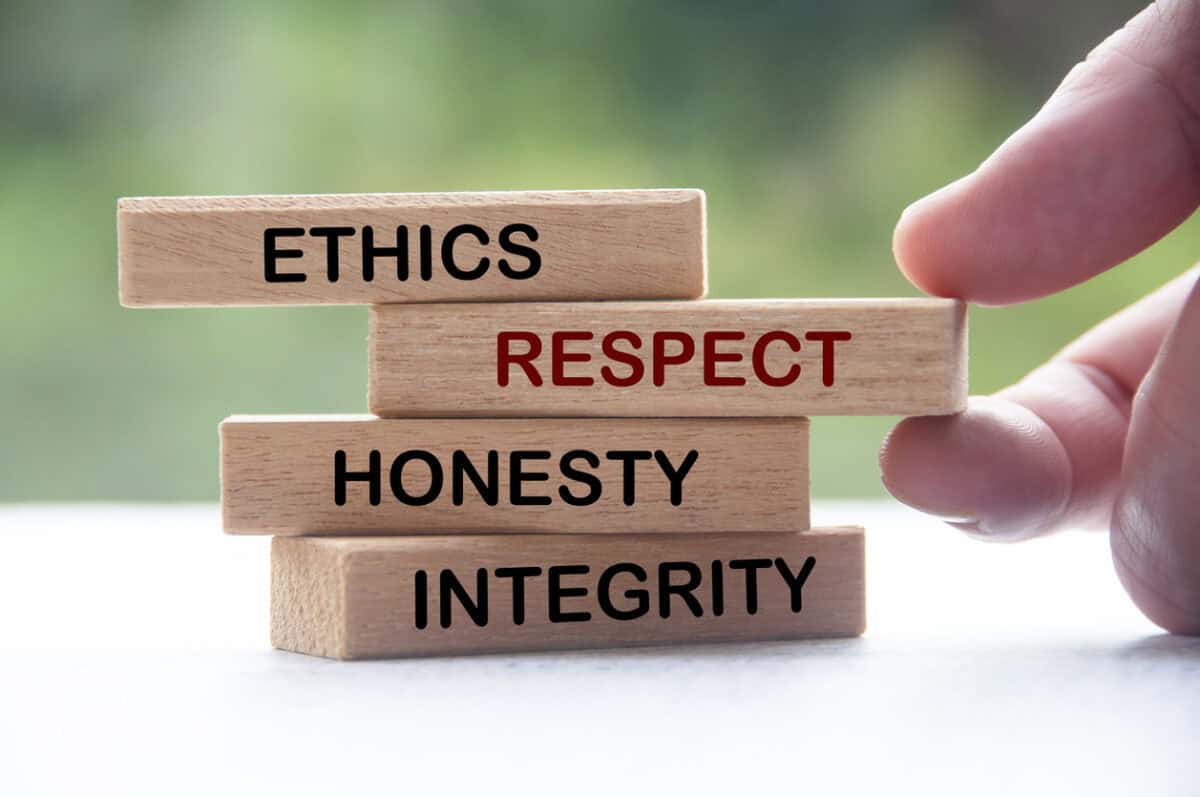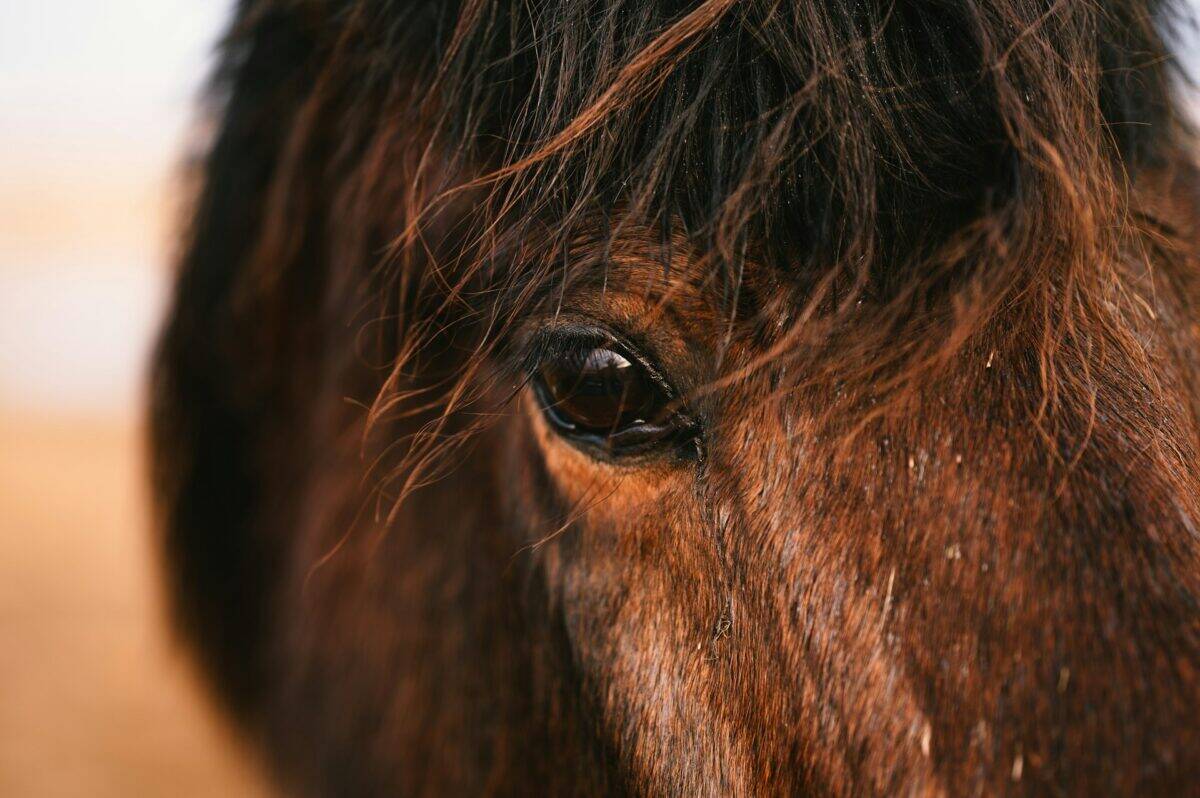In 2023, a Royal Commission into Violence, Abuse, Neglect and Exploitation of People with Disability recommended that the Commonwealth Disability Discrimination Act 1992 be amended to introduce a positive duty on all duty-holders to eliminate disability discrimination, harassment and victimisation. This echoes the imposition in 2022 of a positive duty to prevent sexual harassment. Occupational health and safety (OHS) legislation has had its positive duty to prevent work-related harm since 1985. So why this current push for positive duties?
Category: politics
Lazy Senators Are Not Doing Their Job
Safe Work Australia’s (SWA) executives are obliged to attend meetings of Senate Estimates committees to answer questions from Senators about their portfolios. Sometimes these can be tense and robust. Sometimes these appear to be a waste of time.
OHS and Politics
In support of Australia’s Safe Work Month, I have recorded a 12-minute opinion piece on how Australian politics since 2010 has affected the perception and development of occupational health and safety, based on past SafetyAtWorkBlog articles.
It is an interesting opportunity to reflect on the decisions and actions of influential individuals like Julia Gillard, Kristina Keneally, Jeff Lawrence, and David Gregory.
Workplace safety reform is happening but you probably won’t hear about it in the headlines
Occupational health and safety (OHS) can feel like a humdrum career when working in a low-risk, well-managed organisation. But the wheels of change roll on. Here’s a quick sample of some of that activity over the last week or so that you are unlikely to see elsewhere.
Ministerial Evasion and the Politics of Workplace Safety
Further to last week’s article about occupational health and safety (OHS) in horse racing, Minister Pettersson provided clarification to the ACT Parliament, sort of.
Old news is new news
Recently, parliamentary workplaces in the United Kingdom and Australia have had scandals about inappropriate behaviour – COVID-era parties and sexual harassment and assault, respectively. Official inquiries have repeatedly identified that Ministers and parliamentarians are overwhelmed with paperwork and expectations of being contactable 24/7. These do not excuse poor, unsuitable or criminal behaviour, but they are part of poor work design and contribute to poor psychological health and can be improved. But overwork in parliament is not a new phenomenon.
When Jurisdiction Blocks Safety Justice for Learner Drivers
Australia’s efforts to enhance the health and safety of its workers are hindered by the constitutional framework, which assigns responsibility for occupational health and safety (OHS) to local jurisdictions.
Recent comments by a Federal Minister on sexual harassment illustrate this dilemma, which is not restricted to OHS.







